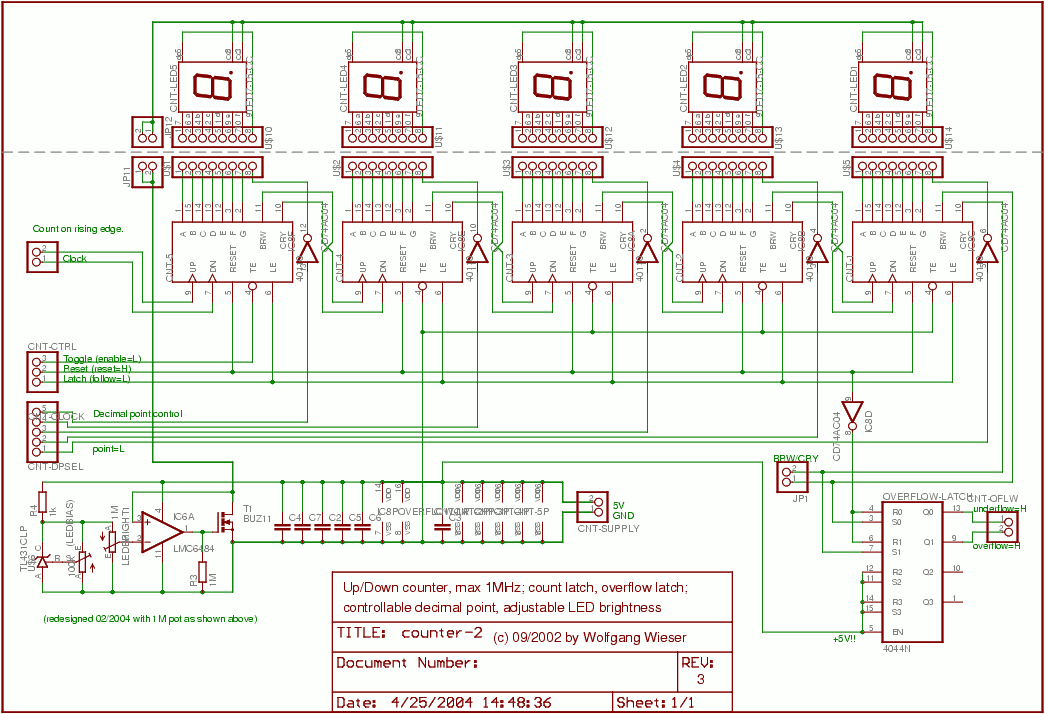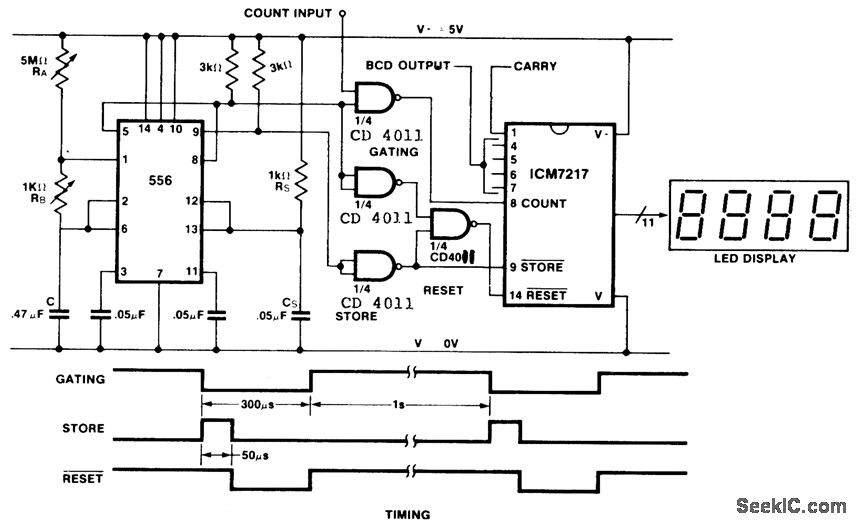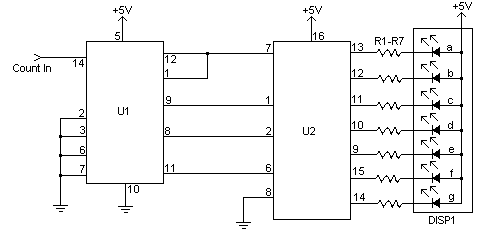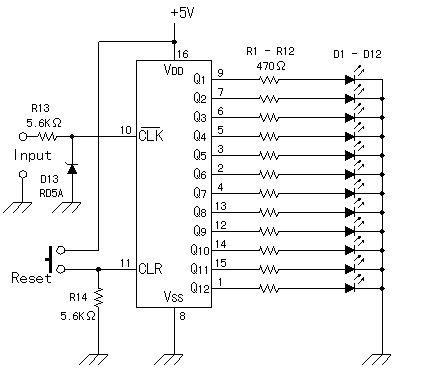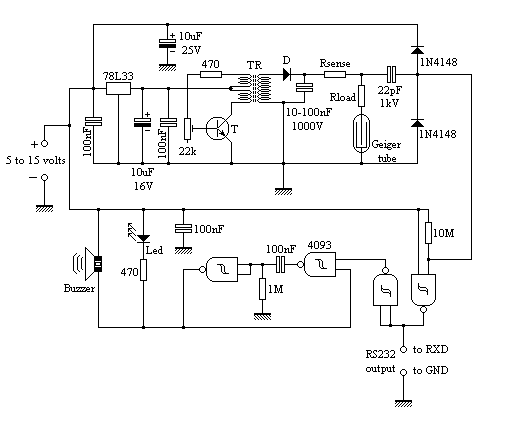
1 GHz Counter
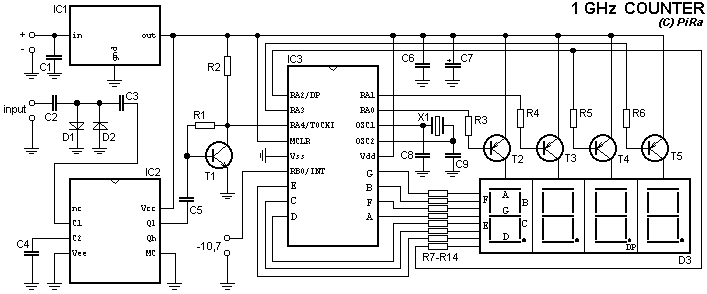
This simple counter is useful for frequency measurements of various wireless equipments, especially transmitters, receivers and signal generators in VHF/UHF band.
The described frequency counter circuit is designed to accurately measure the frequency of signals in the VHF (Very High Frequency) and UHF (Ultra High Frequency) bands, which typically range from 30 MHz to 3 GHz. This functionality is particularly beneficial for users involved in the development, testing, and maintenance of wireless communication equipment.
The core components of the frequency counter include a high-speed input stage, a frequency divider, and a digital display or output interface. The high-speed input stage is responsible for receiving the incoming RF signal, which may require impedance matching to ensure maximum power transfer and signal integrity. This stage may employ a low-noise amplifier (LNA) to enhance the weak RF signals typically encountered in wireless applications.
Following the input stage, the frequency divider reduces the frequency of the incoming signal to a manageable level for counting. This is often achieved using a series of flip-flops configured in a binary counter arrangement, which divides the frequency by a predetermined factor. The output from the frequency divider is then fed into a microcontroller or digital signal processor (DSP), which counts the pulses over a specified time interval to determine the frequency of the input signal.
The final output is typically presented on a digital display, such as a seven-segment LED display or an LCD, allowing for easy reading of the frequency measurement. Additional features may include a calibration function, which ensures accuracy across the operating frequency range, and a hold function that allows the user to freeze the displayed frequency for easier reading.
Power supply considerations are also crucial for the design of the frequency counter circuit, as the components must operate reliably over the intended frequency range. A regulated power supply may be employed to minimize noise and ensure stable operation.
Overall, this simple counter serves as a versatile tool for frequency measurement in various wireless applications, providing essential data for engineers and technicians working with RF technologies.This simple counter is useful for frequency measurements of various wireless equipments, especially transmitters, receivers and signal generators in VHF/UHF band. 🔗 External reference
The described frequency counter circuit is designed to accurately measure the frequency of signals in the VHF (Very High Frequency) and UHF (Ultra High Frequency) bands, which typically range from 30 MHz to 3 GHz. This functionality is particularly beneficial for users involved in the development, testing, and maintenance of wireless communication equipment.
The core components of the frequency counter include a high-speed input stage, a frequency divider, and a digital display or output interface. The high-speed input stage is responsible for receiving the incoming RF signal, which may require impedance matching to ensure maximum power transfer and signal integrity. This stage may employ a low-noise amplifier (LNA) to enhance the weak RF signals typically encountered in wireless applications.
Following the input stage, the frequency divider reduces the frequency of the incoming signal to a manageable level for counting. This is often achieved using a series of flip-flops configured in a binary counter arrangement, which divides the frequency by a predetermined factor. The output from the frequency divider is then fed into a microcontroller or digital signal processor (DSP), which counts the pulses over a specified time interval to determine the frequency of the input signal.
The final output is typically presented on a digital display, such as a seven-segment LED display or an LCD, allowing for easy reading of the frequency measurement. Additional features may include a calibration function, which ensures accuracy across the operating frequency range, and a hold function that allows the user to freeze the displayed frequency for easier reading.
Power supply considerations are also crucial for the design of the frequency counter circuit, as the components must operate reliably over the intended frequency range. A regulated power supply may be employed to minimize noise and ensure stable operation.
Overall, this simple counter serves as a versatile tool for frequency measurement in various wireless applications, providing essential data for engineers and technicians working with RF technologies.This simple counter is useful for frequency measurements of various wireless equipments, especially transmitters, receivers and signal generators in VHF/UHF band. 🔗 External reference
